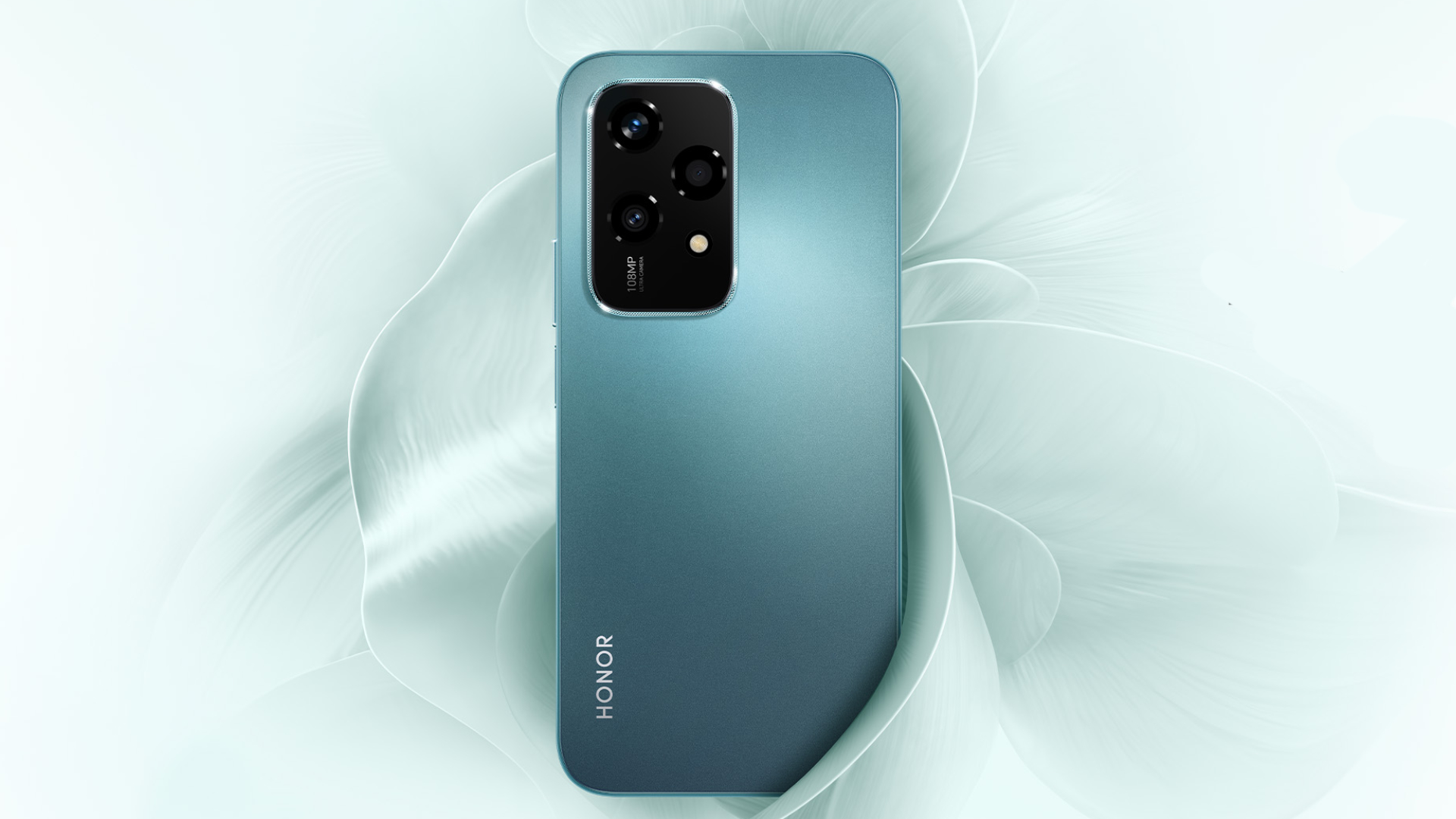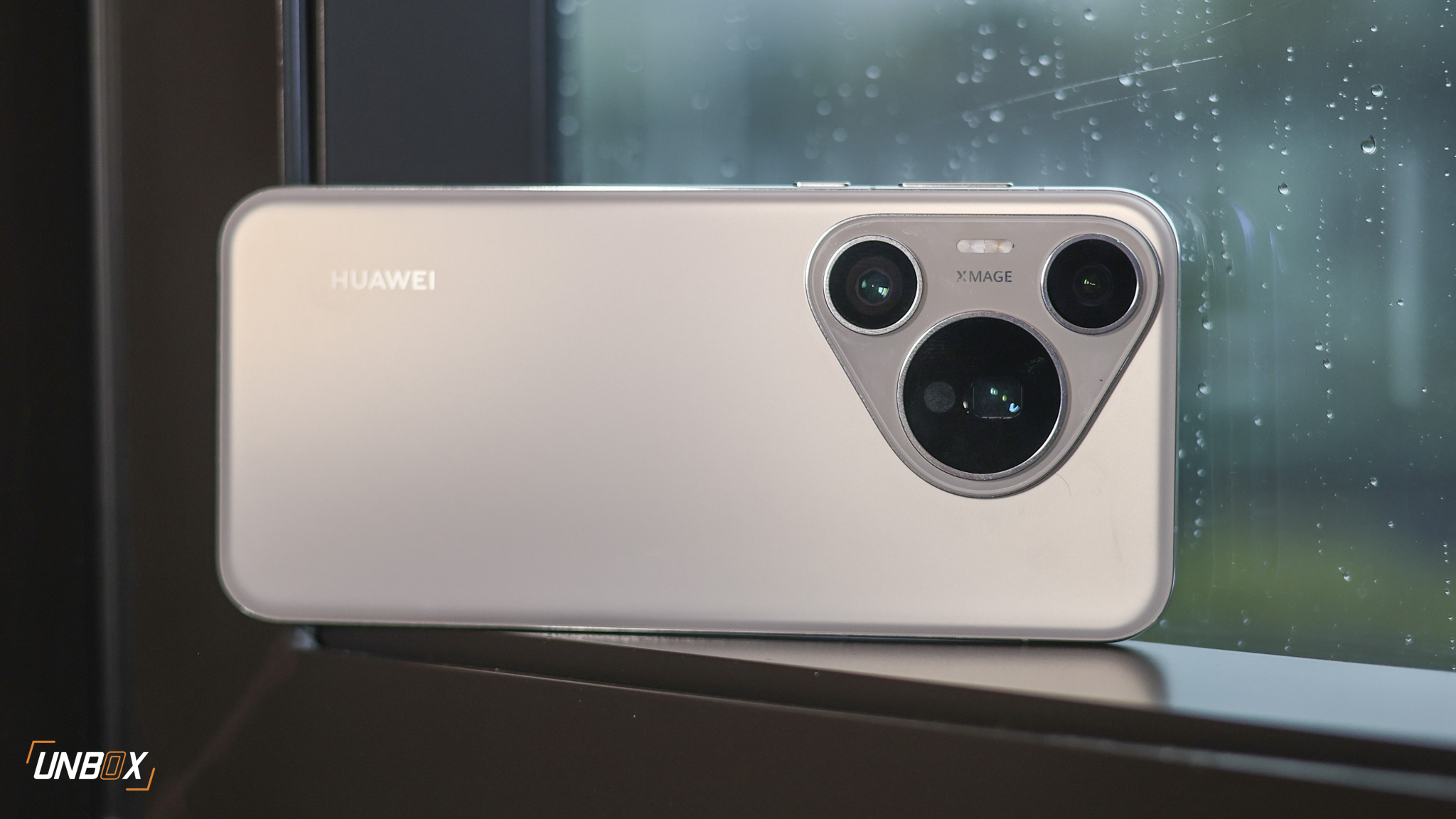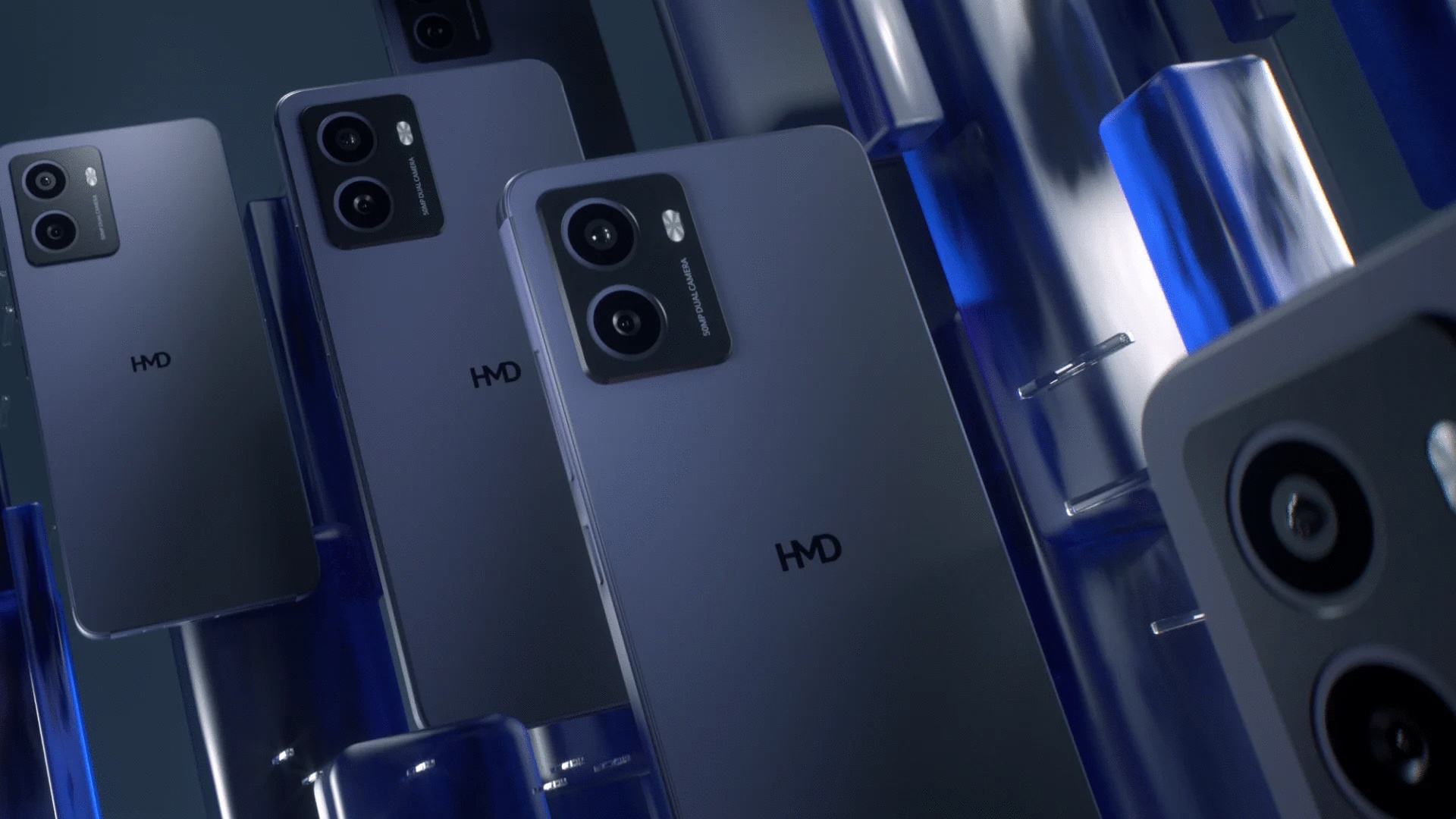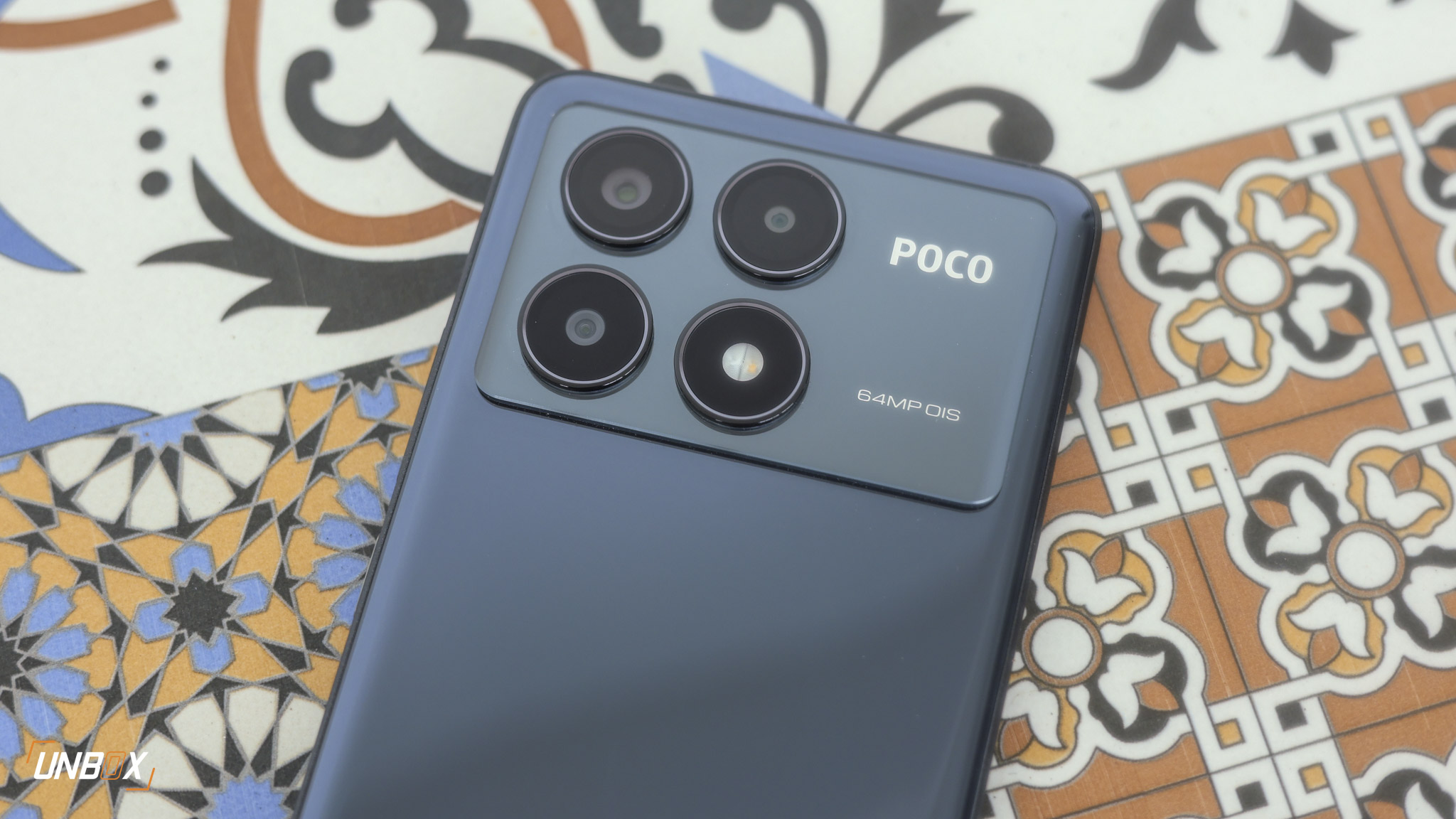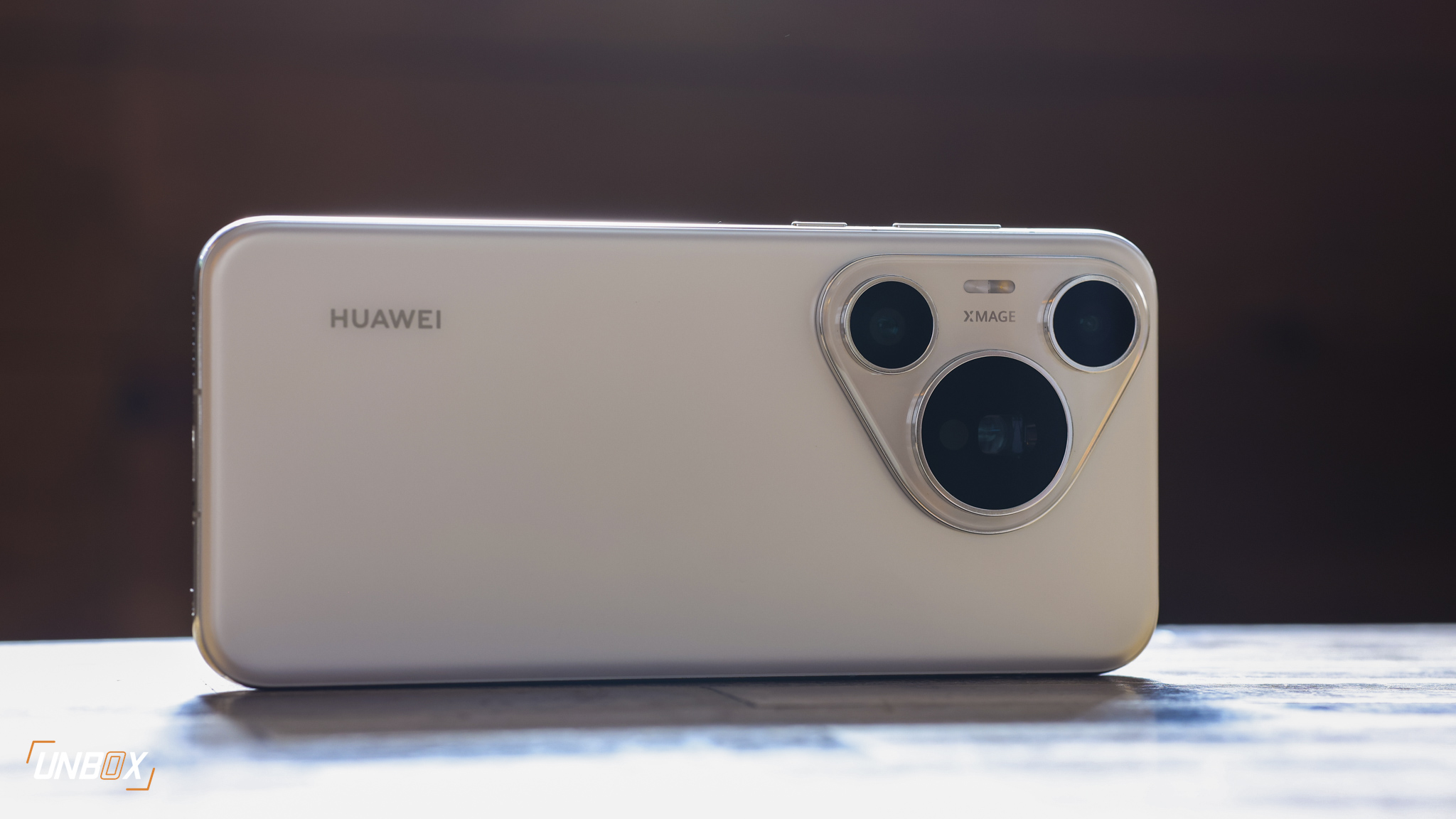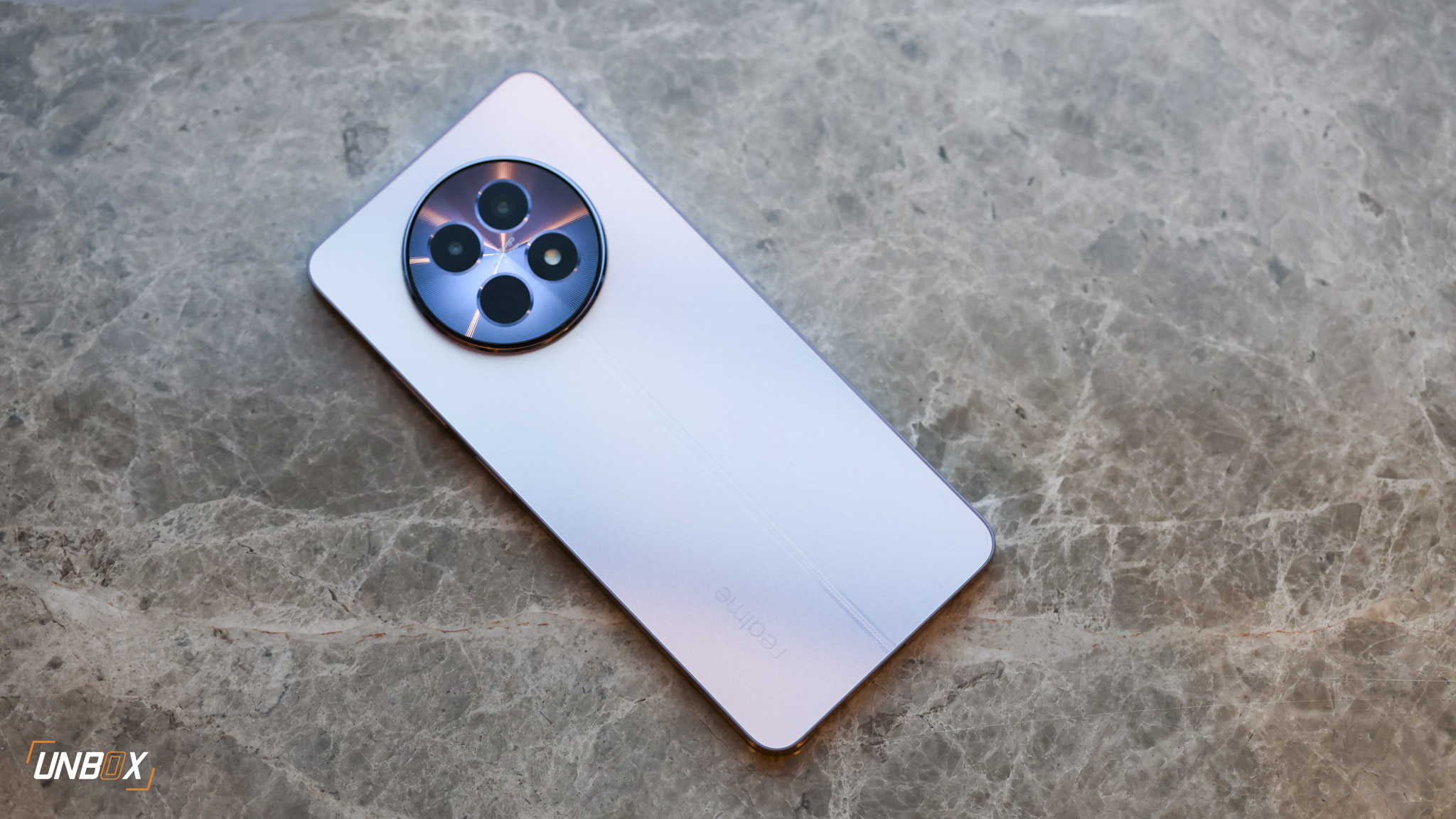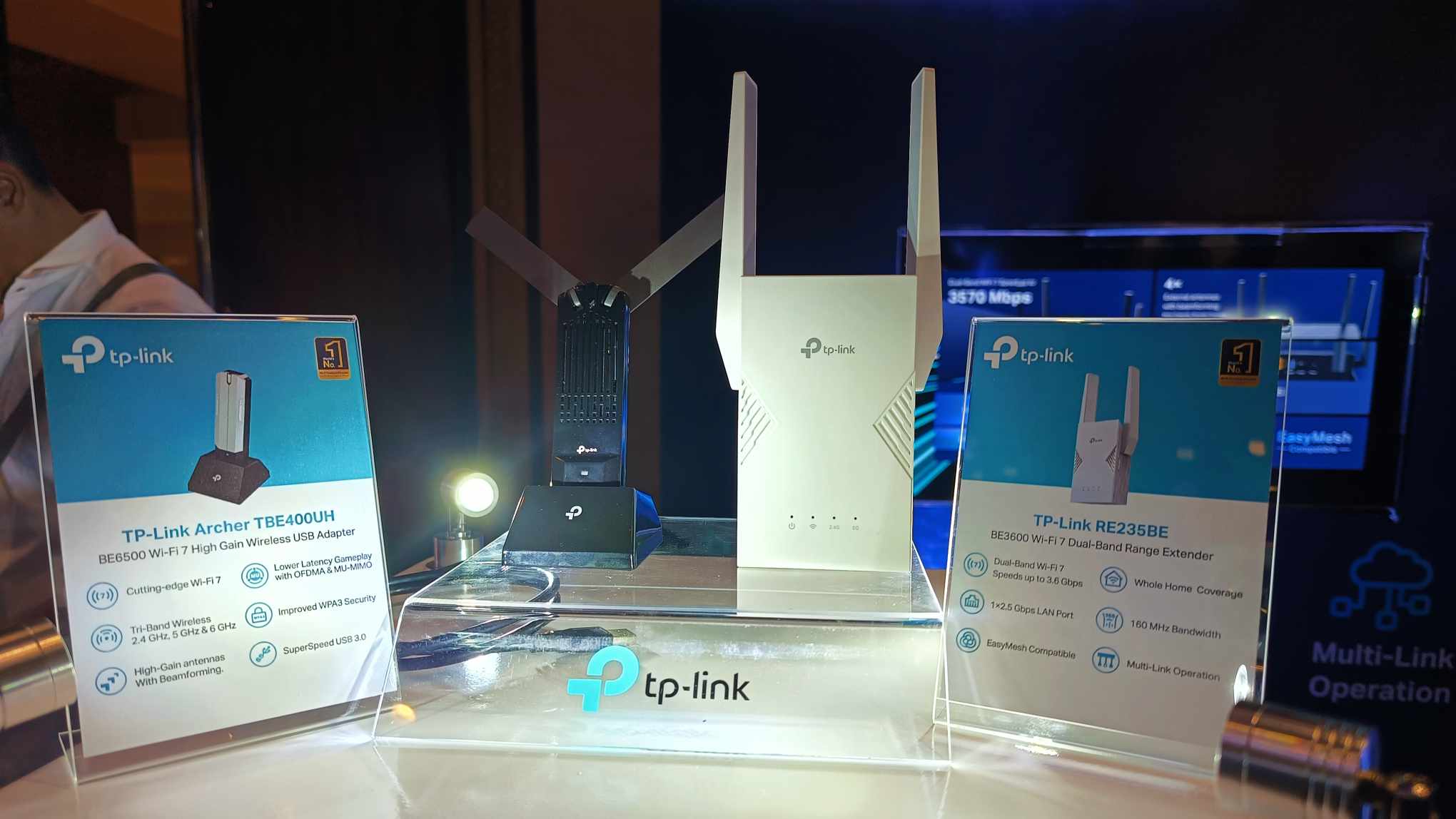Ultimately the consumer wins
Competition in the mid-range segment is absolutely brutal. While the spotlight for smartphones has always been in the flagship segment, people in the industry know that most brand’s bread and butter are the mid-range and entry-level market. That’s never been truer than this year, where several brands are duking it out in the Php 10K to 20K segment. That particular price band is absolutely stacked with excellent value for money options, making life hard for the average Joe to pick a phone.
And while the mid-range market has had excellent offerings before, none has made as much as an impact in such a short time as the Nova 3i. With a price tag of Php 15,990 and stuffed with excellent cameras (for the price) and a fairly powerful processor, it’s certainly a device that delivers quite the bang for the buck.

Coincidentally, at least three brands have now dropped prices for their mid-range phones immediately before, and after Huawei’s local launch of the Nova 3i. ASUS cut 2K off of their ZenFone 5Q while OPPO has cut pricing for their F7 by 3K. vivo’s also cut the price of their V9 by 3K.
The price cuts come at an interesting time. Price cuts are not a rare thing, though the timing of cuts of the three brands so close together, right before and immediately after a competitor drops a much-hyped product raises a few questions.
OPPO’s price drop may be the company making way for the arrival of the F9, which is already being teased in social media. vivo’s V9 rationale for their V9 price cut may be the same, though there’s no indication of a replacement model as of yet. ASUS has no forthcoming mid-range model to replace the ZenFone 5Q – at least as far as we know.
There are many reasons for price cuts: it’s usually an attempt to invigorate sales after the hype for a product has gone down, or a way to start clearing inventory for the next iteration of a product, and in rare occasions, a direct result of a competitor’s pricing. We can’t attribute the three brands’ price drops on Huawei’s pricing for the Nova 3i since it hasn’t been on the market long enough to really rack in the numbers, but it’s not too far-fetched to assume that Huawei’s latest mid-range darling had something to do with it.
Supposing that the price drops were caused in part by Huawei’s new mid-ranger, why is it that the market’s reaction is so drastic when Xiaomi has been doing the same for a while now – dropping affordable, bang-for-the-buck smartphones at lower prices than the competition? Easy – Xiaomi does not have the same impact and budget marketing-wise as Huawei. The company has always relied on word-of-mouth recommendations and barely spends money on marketing their products in the channels that typical Pinoys are exposed to.
Contrast that to Huawei, who has rolled out a marketing campaign on all the important fronts. James Reid is the face of the company’s marketing blitz for the Nova 3i, and the company is running roadshows across Luzon and other areas to spread the word. Standees of the endorser can be found everywhere phones are sold, and Huawei’s deploying more and more agents and reps to spread the gospel of the Nova 3i. And in an industry as big as this, Huawei’s plans and pricing for their upcoming smartphone has likely been known by their friends and foes alike even before the company officially unveiled its SRP a few days ago.
It’s unlikely we’ll ever know the true reasons for the price drops. But what’s important is that there’s now a glut of truly affordable and excellent choices available for the consumer, at least on the mid-range market. And in a market filled with cut-throat contenders, the consumer always wins.



